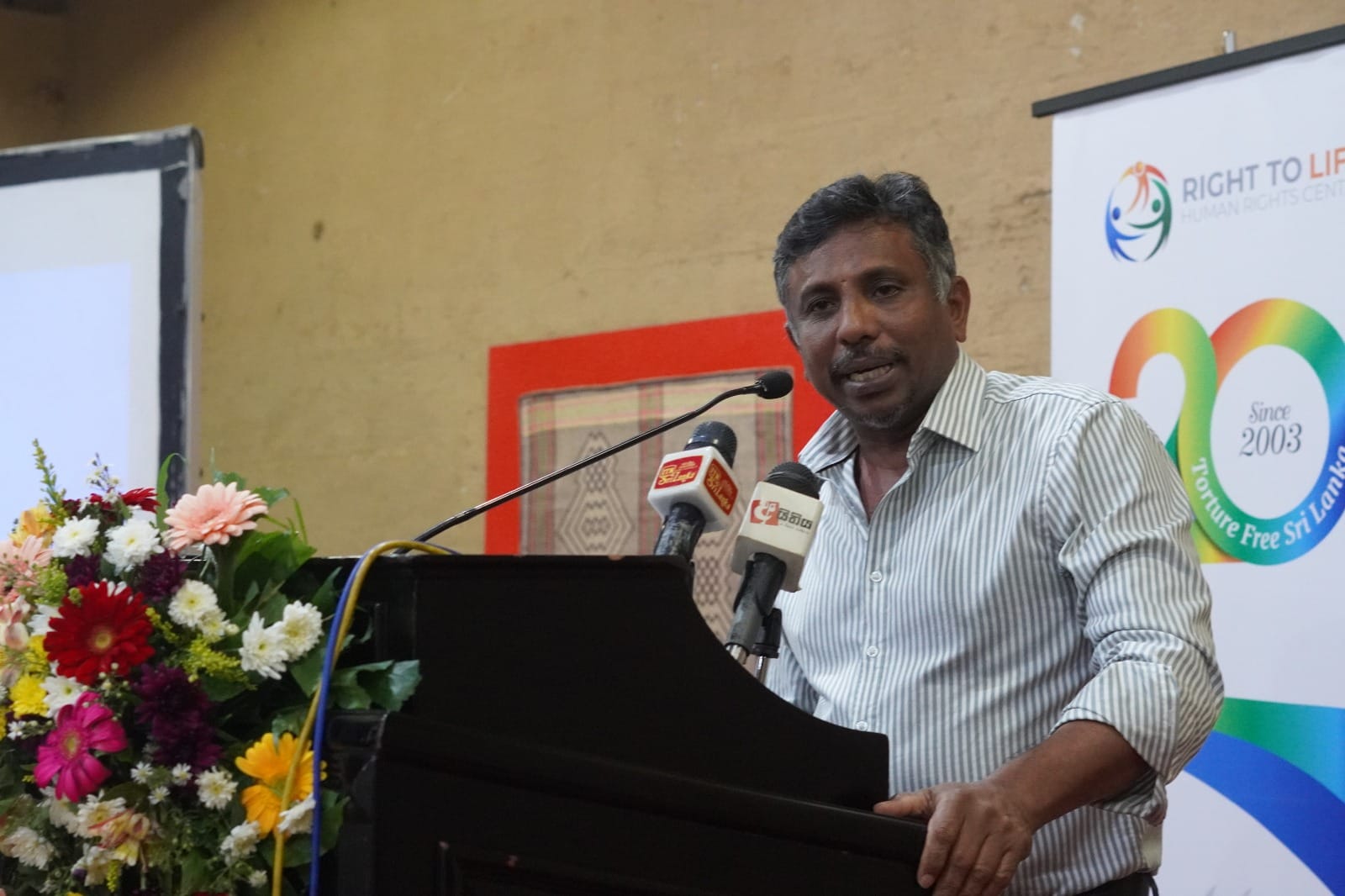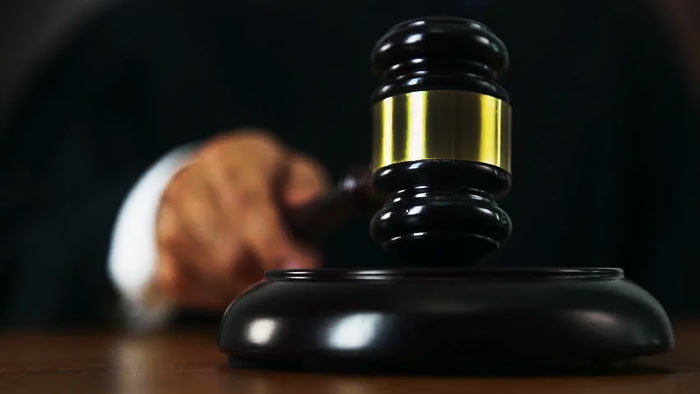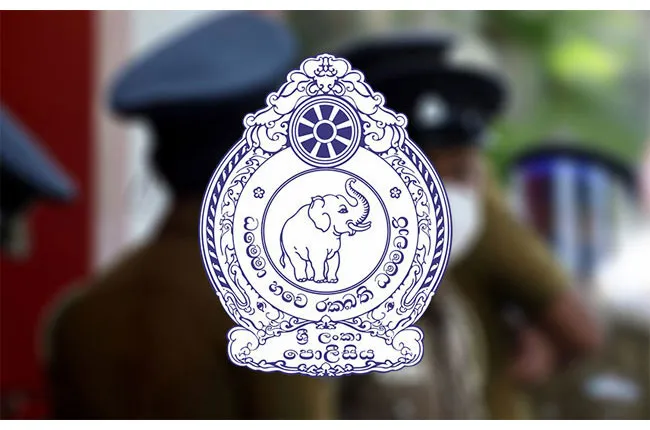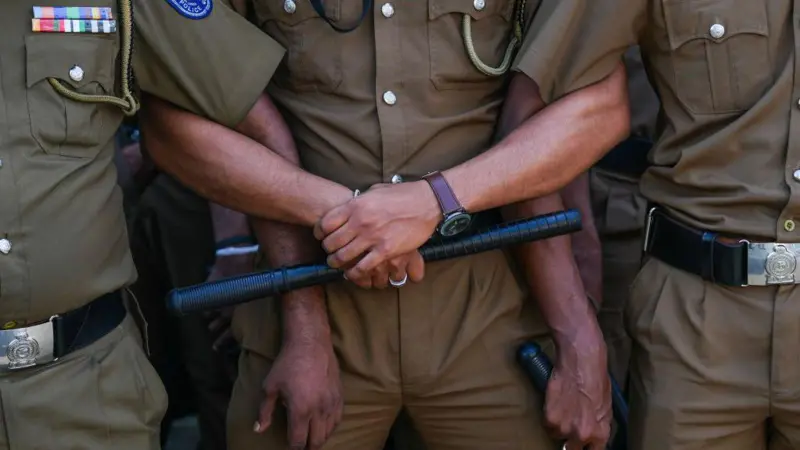A conversation with Right to Life Executive Director Philip Dissanayake..!
I would like to explore the history of how you, who were with the new socio-political movement, and moved towards non-governmental organizations…
In fact, we realized that the project was a failure because of politics. So it was a time when we were thinking about what to do next. There was a big discussion about this among the youth groups in our party. A group thought to go to the overseas. But I had no intention of leaving this country like that. I was leaning towards journalism at that time. So the only skill I had was type setting and layout. So if I left the party, that was the only thing left for me to do.
By this time, the organizer of the New Samasamaja party Negombo Brito Fernando, was working on a newspaper based in Katunayake, Negombo. That is ‘Niveka’. So I joined that paper. That paper was Issued by the organization called ‘Kalape Api’ led by Brito at that time. It is an organization based on the free trade zone. I also joined this organization and started working. This organization did a lot of work for the missing people. I loved working there. So I volunteered for it. Jayanthi Dandeniya worked prominently for the missing persons. By that time, her boyfriend had disappeared. So She did a lot of work for him.
By doing this work, we built the collection of the families of the disappeared. I was the organizer of it. After that we formed a collective. ‘Parent and Child Organization of the Missing’. It was the first organization that worked for the disappeared. In fact, the political leadership that created this organization was the new Sama Samaja party. This organization worked under the leadership of Wijedasa Pathirana and Chandra Peiris. It was led by Brito and Jayanthi Dandeniya in Negombo.
What was the first thing you did when you came to work on the highway for the missing people?
The Asian Human Rights Commission (AHRC) headed by Basil Fernando helped us a lot. With that help, we decided to build a monument for the missing at Seeduwa Ratdoluwa Junction where Jayanthi’s boyfriend was killed. I will initiate that work. The designer of that work is Chandragupta Thenuwara, who is a famous artist. On December 10, 1999, the foundation was laid, and on February 4th 2000, we opened this monument. After this I got an invitation for a training session in Hong Kong. after this training that the desire to work a little differently in this NGO field starts to be felt. After that , we left from the organization of ‘Kalape Api’. At the same time, I, Brito and Jayanthi will start this work together. We didn’t have any funds at first. We only had the few personal skills when we started this. After Mr. Basil Fernando and the Asian Human Rights Commission where he helped us. It was a big thing for us at that time. There we wanted to make some change outside the existing model. We wanted to show a different kind of work outside.
What is the difference? Was it really possible to mark such a different kind of work?
Here we looked at how to talk about the common problems of the society on the basis of human rights. So the struggle against police torture begins there. Because the police was unleashing a lot of violence targeting the workers in the region at that time.
The police at that time had taken several “North Pole” workers and beaten them very badly and filed false cases. Also The workers of the Colombo Modara Ceylon Drain Elevators were arrested and severely beaten. These two incidents were reported to us. We have no experience. But we intervened in these two cases. By then, the Torture Act of 1994 had been passed in Sri Lanka. So first we filed a case under it related to this incident. That was our first struggle. Then the AHRC intervened and together we formed a coalition against torture. It is called ‘People Against Torture’.
Gerard Marvin Pereira intervenes in the incident through this collection, right?
Yes, we are getting a historic victory in that fundamental rights case. From there, we thought that if we file the case in the right way, we can win such cases. But after that, with the change in the political situation of the country, the institutions that are supposed to protect the laws of the country start breaking the laws. So we have to face big problems. At the same time, the victims started receiving threats to withdraw the cases. As a result, Gerard was murdered. Also, when Sugath Nishant went to the court with us demanding justice, he was also killed. These two murders have a big impact on us. So our friends and relatives told us to close the organization. Accordingly, we closed the 2007 organization. But we closed our organization for 6 days only . Then we start our organization again and fight for justice.
During the last war, non-governmental organizations were accused by the people of betraying the country for dollars, right?
No matter what anyone accuses, Sri Lankan civil organizations have actually done a lot of work for this country. Still doing it. These non-governmental organizations brought knowledge about human rights, politics and economy to our society. If you look at fundamental rights cases, you will not have a hard time imagining this intervention. The civil organizations Talked about the need of the of human rights, law reforms, justice, accountability, to the society.
So, no matter what the challenges are, we have worked hard for these 20 years for the promotion of human rights and for justice. And we are ready to fight for human rights, justice and equity in the future and more broadly.
k.sanjeewa




